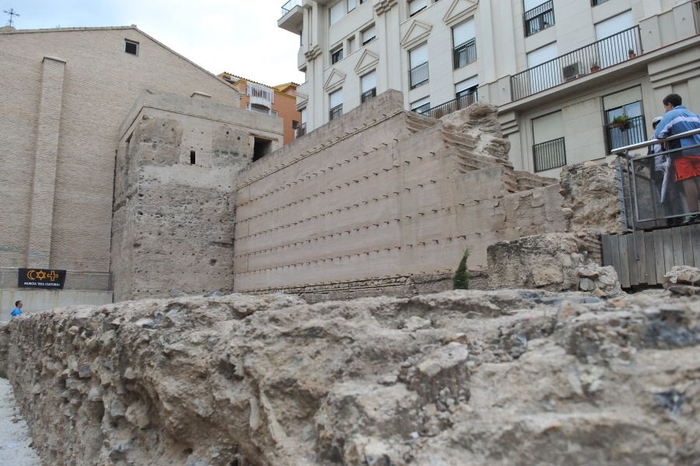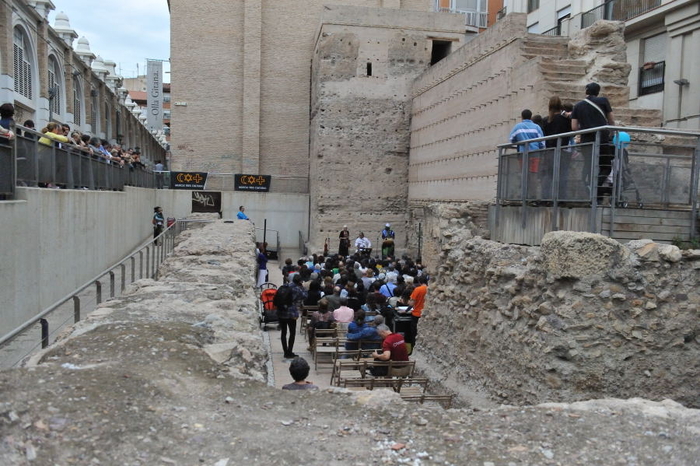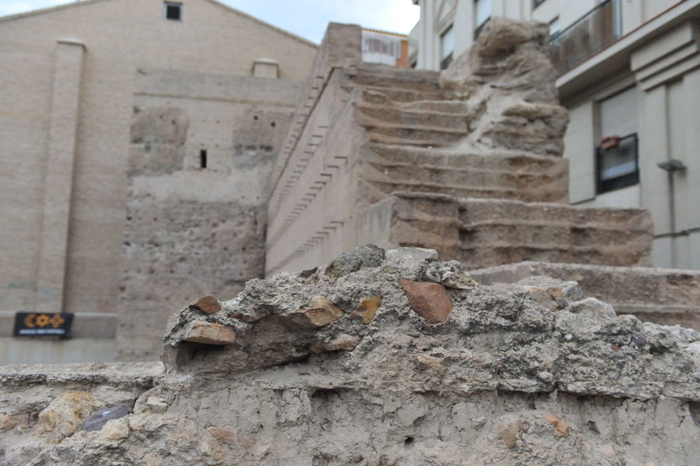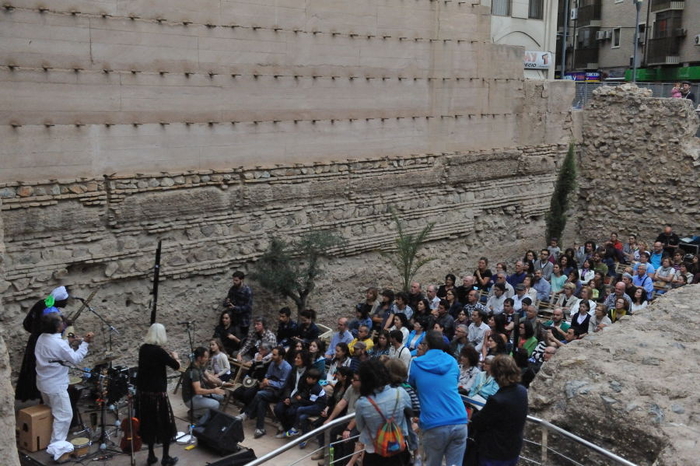

Guidelines for submitting articles to San Pedro del Pinatar Today
Hello, and thank you for choosing San Pedro del Pinatar.Today to publicise your organisation’s info or event.
San Pedro del Pinatar Today is a website set up by Murcia Today specifically for residents of the urbanisation in Southwest Murcia, providing news and information on what’s happening in the local area, which is the largest English-speaking expat area in the Region of Murcia.
When submitting text to be included on San Pedro del Pinatar Today, please abide by the following guidelines so we can upload your article as swiftly as possible:
Send an email to editor@spaintodayonline.com or contact@murciatoday.com
Attach the information in a Word Document or Google Doc
Include all relevant points, including:
Who is the organisation running the event?
Where is it happening?
When?
How much does it cost?
Is it necessary to book beforehand, or can people just show up on the day?
…but try not to exceed 300 words
Also attach a photo to illustrate your article, no more than 100kb

The Muralla de Verónicas and the medieval walled city of Murcia
Several parts of the original Moorish wall can still be seen today
In the year 825 Abderramán II decided that the capital of the Cora of Tudmir was to be a new settlement which he named Madina Mursiya, and which was to be located in the heart of the fertile flood plain of the River Segura.

One of the first steps towards making this a permanent administrative centre in Tudmir was to ensure that the new city, later to become Murcia, was adequately protected, and to this end a defensive wall was built around it. This defence in fact consisted of two walls, one interior and one exterior, and it was rebuilt and strengthened over the following centuries, remaining in use until 1488. At this point Murcia ceased to be a frontier kingdom between Christian and Moorish forces, and it was neglected and gradually lost as the centuries passed.
In recent decades, though, more and more parts of the old Islamic city of Mursiya are coming to light as excavation work is carried out all over the city – for example the discovery a few years ago of a whole  residential quarter under what was the Jardín de San Esteban – and gradually the old Moorish wall is re-emerging and once again becoming visible.
residential quarter under what was the Jardín de San Esteban – and gradually the old Moorish wall is re-emerging and once again becoming visible.
Much of the structure which has come to light in recent years is thought to have been built during the reign of Ibn Mardanis, also known as the Wolf King, between 1147 and 1172. During this period the original wall was replaced by a far grander structure to match the economic and population growth of the city, and to defend against possible attacks by the Almohads (a Berber Muslim movement which ousted the Almoravid rulers in the12th century) and the Christians, who regained most of southern Spain from Moorish control in the 13th century.
The first wall is known to have been a few metres high, while the main defensive construction reached a height of up to 16 metres. There were nine gates and 95 rectangular watchtowers dotted around the wall, and in between them were ravelins (triangular outworks enabling raiders to be subjected to crossfire) and a chemin de ronde along which guards patrolled. One author has calculated that the chemin de ronde covered a distance of 3,260 steps.
The new wall was soon put to the test: in 1165 the Almohads besieged Mursiya but failed to gain access, and a second attack in 1172 was successful only when Ibn Marsadis died and his son Hilal agreed to surrender terms in order to remain as governor. The wall built by his father, however, had done its job, and Mursiya was not taken by force and ransacked.( See History of Murcia)
Similar outcomes followed in Murcia in the next century, first when Fernando II and his Christian forces of the Reconquista successfully managed to take Murcia by signing the Treaty of Alcaraz with Ibn Hud al-Dawla in 1243, which effectively brought the city under Christian control without the need for bloodshed, and once  more 23 years later, when Jaime I of Aragón quashed the Mudéjar uprising provoked by his son-in-law’s poor treatment of his Muslim subjects, and entered Murcia with his troops, again after the defenders surrendered.
more 23 years later, when Jaime I of Aragón quashed the Mudéjar uprising provoked by his son-in-law’s poor treatment of his Muslim subjects, and entered Murcia with his troops, again after the defenders surrendered.
On neither occasion was the defensive wall breached, and the transition from Moorish rule to Christian domination was achieved in the city of Murcia without the widespread destruction which might have been expected. So renowned were the city’s defences that the chronicler Ramón Muntaner described Murcia as “almost the best walled city in the world”.
However, the need for defensive fortifications was by no means over. Sandwiched between the Moors to the west in the Kingdom of Granada(the last remaining Moorish stronghold of the Kingdom of Granada only finally fell in 1492), the territories belonging to Aragón to the north and east and the Berber pirates across the Mediterranean to the south, the kingdom of Murcia was extremely vulnerable, and for this reason the wall was constantly repaired and added to whenever necessary.
An example of this constant addition to the main defensive structure is the early 15th century entrance gate at Santa Eulalia, which can now be seen inside the Visitors Centre dedicated to the Moorish wall( see separate article).
Following the completion of the Reconquista in 1492 the defensive city wall became first redundant and then a hindrance to the growth and expansion of Murcia. While some saw it as a necessary protection against possible invaders and against floods, plagues and the like, the course of history led inevitably to its falling first into disuse and then to the ground.
Parts of it were re-used: as early as 1629 a grain deposit which later became the Palacio del Almudí was constructed on top of the old wall, as was the Capilla del Pilar. The gates lasted longer, some of them being converted into arched structures, but one by one they too were knocked down; the Puerta Nueva, Puerta del Mercado and Puerta del Porcel disappeared in the 18th century, and the last known survivors were those of Santa Eulalia, which was demolished in 1803, Vidrieros (1863) and La Aduana (1930).
The re-discovery of the old Islamic fortifications began in 1963, when remains of the stretch at Santa Eulalia were uncovered, and others which can be visited, apart from the Muralla de Verónicas, are in the Cafetería La Muralla and the Calle Aliaga as well as in the Glorieta carpark.
The Muralla de Verónicas
One stretch of the wall which can now be visited is the “Muralla de Verónicas”, which was found when the 18th-century convent of the same name was demolished in 1985. The wall was actually inside the convent,  and this stretch is currently one of the highest, longest and best preserved which can be seen in Murcia, due to it having been protected by the religious complex of which only the church now remains.
and this stretch is currently one of the highest, longest and best preserved which can be seen in Murcia, due to it having been protected by the religious complex of which only the church now remains.
The stretch of wall next to the Verónicas church dates from the period between the 11th and 13th centuries, probably from the times of Ibn Marsadis, and consists of both the interior and exterior. It includes two of the original 95 watchtowers, one of which is practically complete and backs onto the church. This is the only surviving watchtower from the old wall to have been found, and as in the nearby Capilla del Pilar it confirms that some of Murcia’s oldest churches were originally partially constructed by re-using the remains of the old city wall.
Part of the barbican (or fortified gateway) has also been found at the Verónicas site, where the fortifications were strengthened further due to the presence of the River Segura at the foot of the city wall.
The site is open and can be seen alongside the Verónicas market and the exhibitions hall which is inside the former Verónicas convent.
This part of the Moorish wall is also used during the summer months for outdoor concerts.
:
